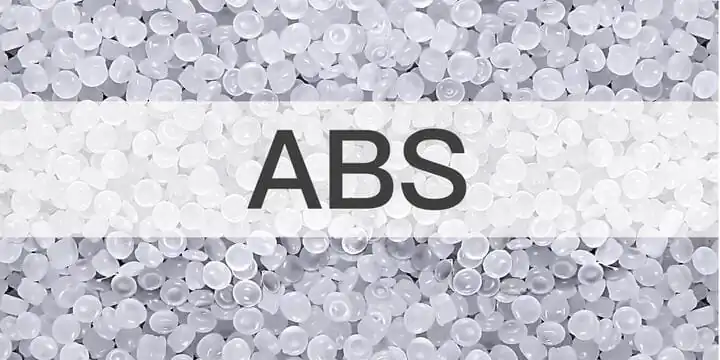Messi Biology explains that ABS plastic products, especially those exposed to the environment or requiring long-term use (such as automotive parts, outdoor equipment casings, and home appliance panels), often face two major enemies: yellowing and embrittlement. This not only affects their appearance but also severely weakens the product’s service life and safety. Active magnesium oxide is one of the key weapons engineers use to combat these two enemies and enhance the “durability” of ABS.

The Culprit of Yellowing: Acidic Degradation
During the processing (high-temperature melting) and use (exposure to light, heat, oxidation) of ABS resin, the polymer chains can break, producing a series of small molecule substances. Among these, acidic substances (such as sulfate radicals from initiators, carboxylic acids from thermal degradation, or hydrogen halides from the decomposition of halogenated flame retardants) are a major driver of material yellowing. These acidic substances may be colored themselves, but more importantly, they catalyze further oxidative degradation reactions, producing more chromophores (such as carbonyl groups), which cause the material’s color to become darker and more yellow over time.
The Root of Embrittlement: Molecular Chain Scission
A continuous acidic environment and oxidative degradation constantly damage the structure of the ABS molecular chains, especially the source of its toughness—the rubber phase (butadiene segments). As the molecular chains shorten, cross-link, or their structure is damaged, the material’s toughness directly decreases, causing it to become brittle and prone to cracking.
The “Durability” Mechanism of Active Magnesium Oxide:
The core value of active magnesium oxide lies in its powerful acid-neutralizing ability and heat-stabilizing effect.
- Cutting Off the “Yellowing Chain” at the Source: During the high-temperature melting stage of processing, active magnesium oxide can quickly capture and neutralize newly formed acidic small molecules (Neutralization reaction: MgO + 2H⁺ -> Mg²⁺ + H₂O). This is equivalent to “cutting off” the acidic catalyst at the very beginning of the degradation reaction chain. Without the catalysis of an acidic environment, subsequent oxidative degradation and yellowing reactions are significantly inhibited. Therefore, ABS with an appropriate amount of active magnesium oxide can maintain better color stability and is less prone to yellowing after multiple processing cycles or long-term use.
- Protecting the “Source of Toughness”: By continuously neutralizing acidic substances, active magnesium oxide protects the ABS molecular chains, especially the butadiene rubber phase, from acid-catalyzed degradation. When the molecular chains remain intact, the material’s impact strength and toughness are better preserved. This makes ABS products less likely to become brittle and crack during long-term use or in harsh environments (such as high temperatures and high humidity).
- Synergistic Effect: Active magnesium oxide can also work synergistically with other stabilizers in the ABS formula (such as antioxidants and light stabilizers) to build a more comprehensive and stable protective system, enhancing the material’s overall durability.
Practical Applications:
- Automotive Interiors: Dashboards, door panels, etc., which are subjected to long-term sunlight and temperature changes, require excellent resistance to yellowing and aging.
- Home Appliance Casings: The casings of televisions, air conditioners, and washing machines need to maintain their aesthetic color for a long time.
- Outdoor Equipment: Casings for garden tools, sports equipment, etc., need to withstand sun and rain.
- Electronic and Electrical Components: Require long-term stable electrical properties and mechanical strength.
By efficiently neutralizing the acidic substances that trigger the degradation of ABS, active magnesium oxide inhibits the key chemical reactions that cause yellowing and embrittlement at their source. While it is not a panacea, it is an indispensable “unsung hero” for enhancing the long-term weather resistance, color stability, and mechanical property retention of ABS engineering plastics, making ABS plastics more “durable” and long-lasting in various application scenarios.
